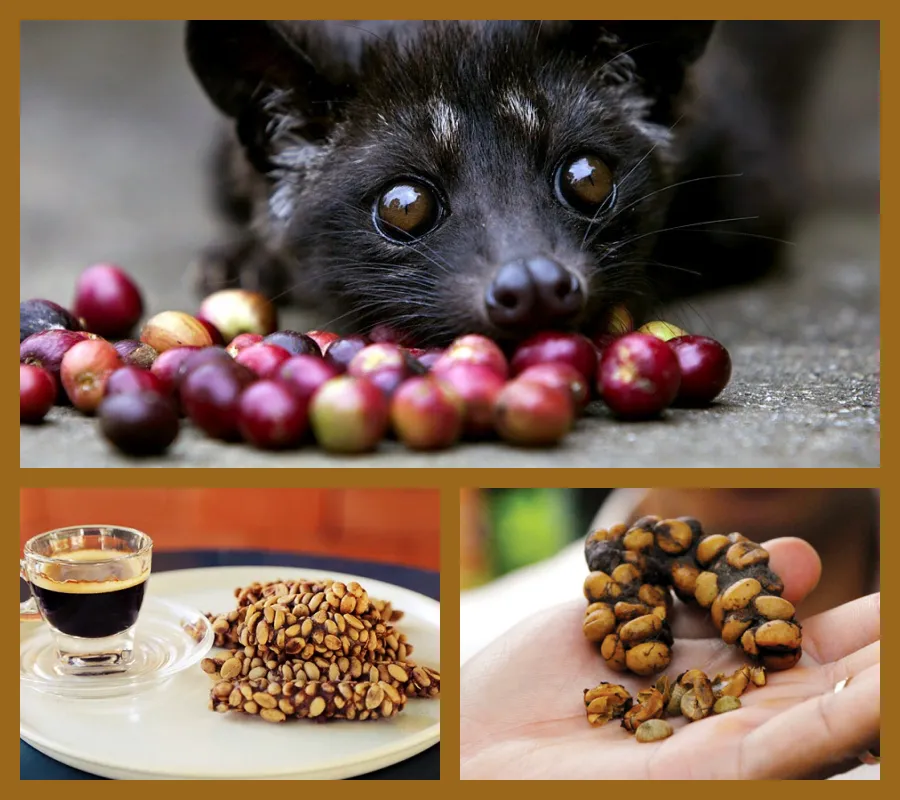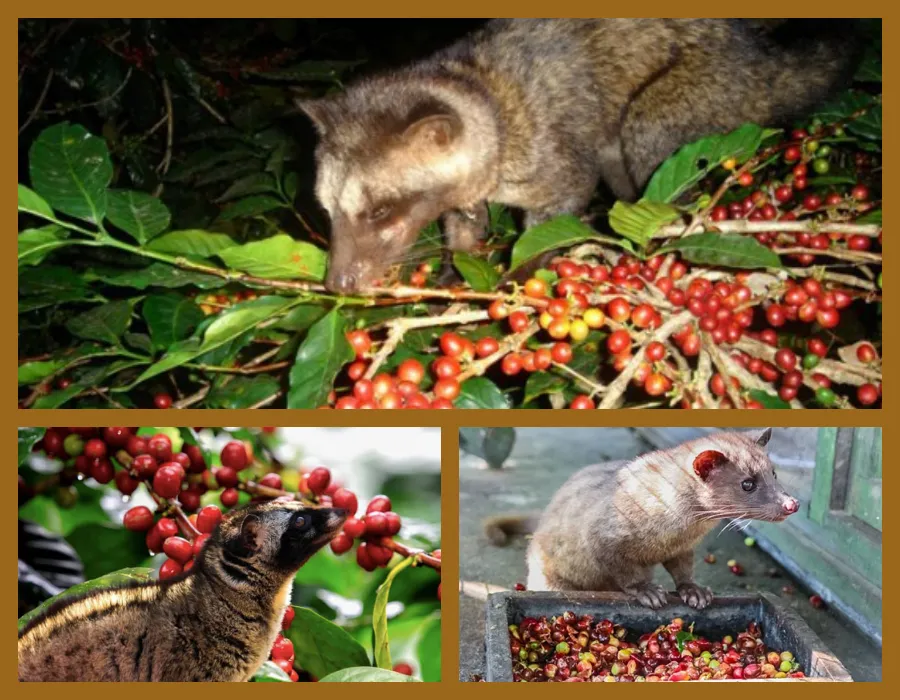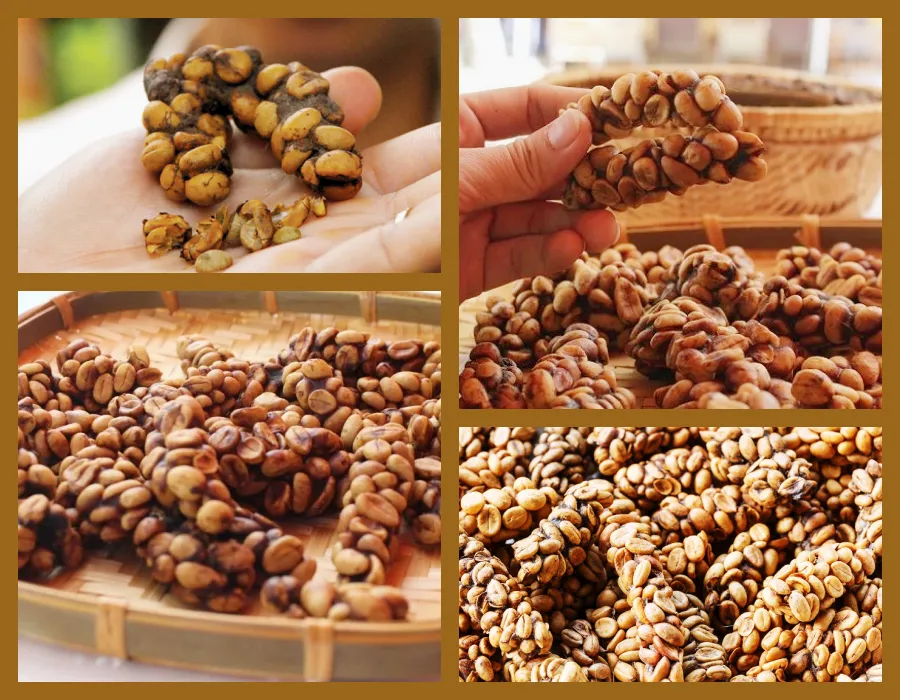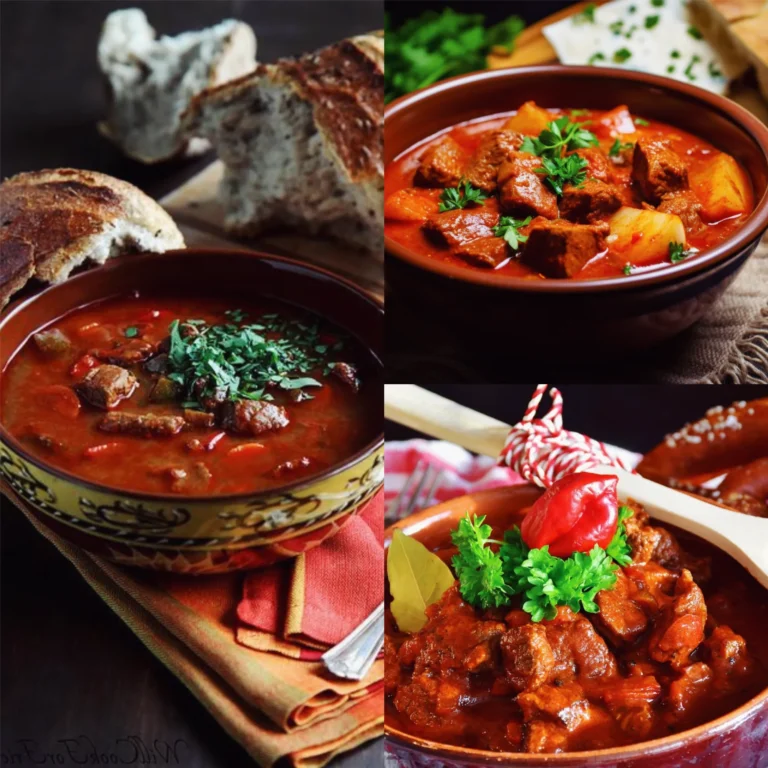
Civet coffee, also known as Kopi Luwak, is one of the priciest coffees globally and continues to captivate the attention of culinary enthusiasts. If you’re a coffee lover exploring unique varieties, let’s delve into why civet coffee holds such high value and discover the intriguing production process behind it.

1. What is Civet Coffee and Why is it So Expensive?
Civet coffee (Kopi Luwak) is a distinctive coffee with a unique processing method. It is made from coffee beans that have been partially digested by the civet cat, a mammal native to Southeast Asia. The civet consumes the coffee cherries, digests the fruit’s pulp, and excretes the beans. This digestive process alters the chemical structure of the coffee beans, giving them a special flavor and reducing the coffee’s bitterness. The beans are then collected, cleaned, and processed into coffee.

2. The Origins of Civet Coffee
Civet coffee was discovered in the early 18th century in Indonesia when coffee farmers were forbidden from harvesting coffee beans. The beans that fell to the ground were eaten by civet cats. After being digested by the civets, the beans underwent natural fermentation, resulting in a unique and delicious flavor. Due to its rarity and high quality, civet coffee has become one of the rarest and most expensive coffees in the world.
3. Distinctive Flavor of Civet Coffee
Civet coffee is renowned for its smooth and refined taste. Its aroma features multiple layers, ranging from fruity notes to a blend of coffee and malt. The flavor combines bitterness, sweetness, and acidity, creating an unforgettable tasting experience. To fully appreciate the flavor of civet coffee, it is best enjoyed without added sugar or ice, accompanied by a glass of plain water.

4. The Production Process of Civet Coffee
- Digestion in the Civet’s Stomach: When a civet eats coffee cherries, the fruit’s pulp is digested, while the beans are naturally fermented by the enzymes in the civet’s stomach over a period of 12 to 24 hours. This process changes the structure of the beans, reducing protein levels and creating a distinctive flavor.
- Cleaning: After collection, the coffee beans are thoroughly cleaned to remove impurities and odors. The beans must be washed completely to ensure the flavor remains unaffected.
- Sun Drying: The cleaned civet coffee beans are sun-dried to reduce moisture to about 10-12%. This drying process gives the beans a bright, golden-brown color and a shiny appearance.
- Husk Removal: The beans are then hulled using specialized machines to remove the outer husk. After hulling, the beans are sorted by size, color, and moisture content.
- Roasting: Finally, the beans that meet the quality standards are roasted to enhance their flavor, while those that do not meet the criteria are discarded.

5. Why is Civet Coffee So Expensive?
Civet coffee commands a high price due to its rarity and the elaborate production process. Civet cats are found only in specific regions such as Indonesia, Vietnam, and Ethiopia, and they only consume the ripest coffee cherries. The limited production and meticulous processing contribute to its high cost. Thus, civet coffee is not only a rare gift from nature but also a symbol of luxury and sophistication.

Exploring civet coffee is not just about experiencing a unique coffee but also an opportunity to understand the refined and secretive production process behind the world’s most expensive coffee.






